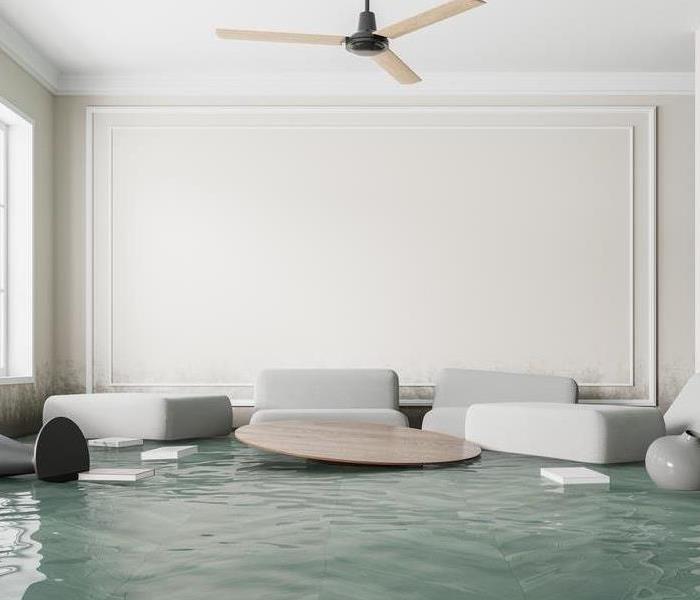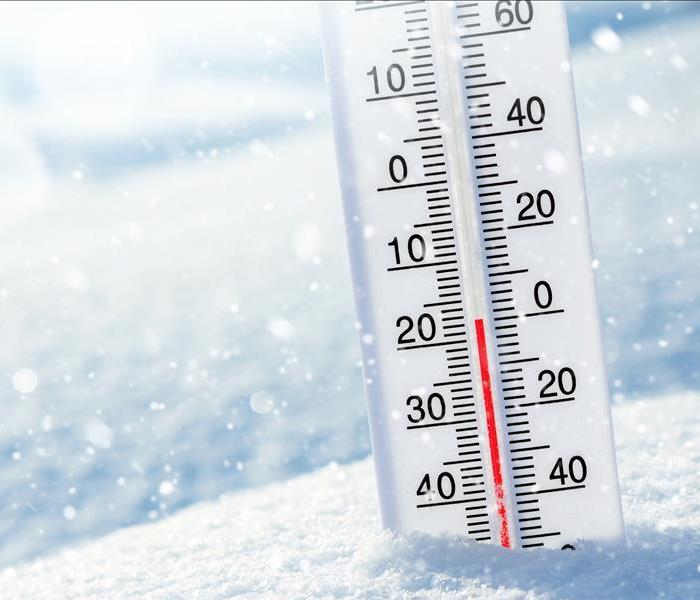How To Prepare Your Home For A Flood
9/20/2024 (Permalink)
Flooding is becoming increasingly prominent in East Providence, with storms quickly leading to clogged storm drains and failing gutters. Knowing what to do in the event of a flood is essential so you can remain calm and know that you’ve done everything possible to minimize the damage.
How to Know When You’re At Risk For A Flood
It’s easy to fall victim to flooding, as it can happen quickly, and most people aren’t adequately prepared. That said, some areas are more prone to flooding, so contact your local or county office of Emergency Management to determine how at-risk you are. It is essential to understand the terminology in the event of a flood:
- A Flood or Flash Flood Watch means flooding or flash flooding is possible in your area.
- A Flood or Flash Flood Warning means a flood or flash flood is imminent or is already occurring.
5 Tips To Prepare Your Home For A Flood
If you are in an area prone to flooding and suspect a flood soon, there are some significant changes that you can make to protect your home and minimize water damage. Here are some tips to consider implementing for your home:
1. Make an Emergency Kit In Case of an Emergency
The first step to prepare for a flood is to assemble an emergency kit. Having the proper supplies on hand will make life much easier. In a power outage, it’s helpful to have a hand-crank radio, a Flashlight, and a first aid kit. Additionally, having a supply of medication, food, and water to sustain you for a few days is essential. To view a complete list of recommended items to add to your emergency kit, check out FEMA’s emergency supply list.
2. Prevent Costly Repairs By Elevating Appliances
One step to adequately protect your home is elevating any appliances—such as furnaces, water heaters, electrical panels, etc. These should be 12 inches above the base flood elevation (BFE), which can be looked up online through FEMA’s elevation tool or by contacting your local floodplain administrator.
3. Seal Up You Home To Minimize Water Entry
Walk around your home and look for gaps and cracks where water could enter. This includes windows, doors, and openings for cables/pipes. Seal any openings with caulk. Sealing basement walls with a waterproofing compound is essential, as it can minimize the amount of water entering the home. Additionally, installing a sump pump with a water alarm can take some worry off your shoulders by automatically pumping out water and alerting you once it reaches a certain point.
4. Clean Out Your Gutters to Prevent Leaks
The purpose of gutters and downspouts around your property is to direct any water away from your foundation, preventing water buildup and leaks. That said, gutters can easily be clogged from leaves, debris, and other elements building up over time. Clogged gutters and downspouts will lead to water seeping into areas around your home rather than flowing away. Clear out your gutters and check the drainage around your foundation.
5. Install a Generator to Eliminate Worry
Power outages are also very likely during a storm where flooding is possible. If you rely on a sump pump to drain water out of your home, a power outage can impact it and result in water buildup. Installing a generator can alleviate worry—especially if you are out of town when a flood occurs. It doesn’t have to be a big unit, just one to keep some essential appliances up and running if a power outage lasts for days.
Contact SERVPRO of East Providence For Water Damage Cleanup
If your East Providence residence or business has flooding and water damage issues, we can help. We provide 24/7 emergency water and fire damage cleanup services for properties throughout East Providence, RI. For more information, please visit our website.





 24/7 Emergency Service
24/7 Emergency Service

